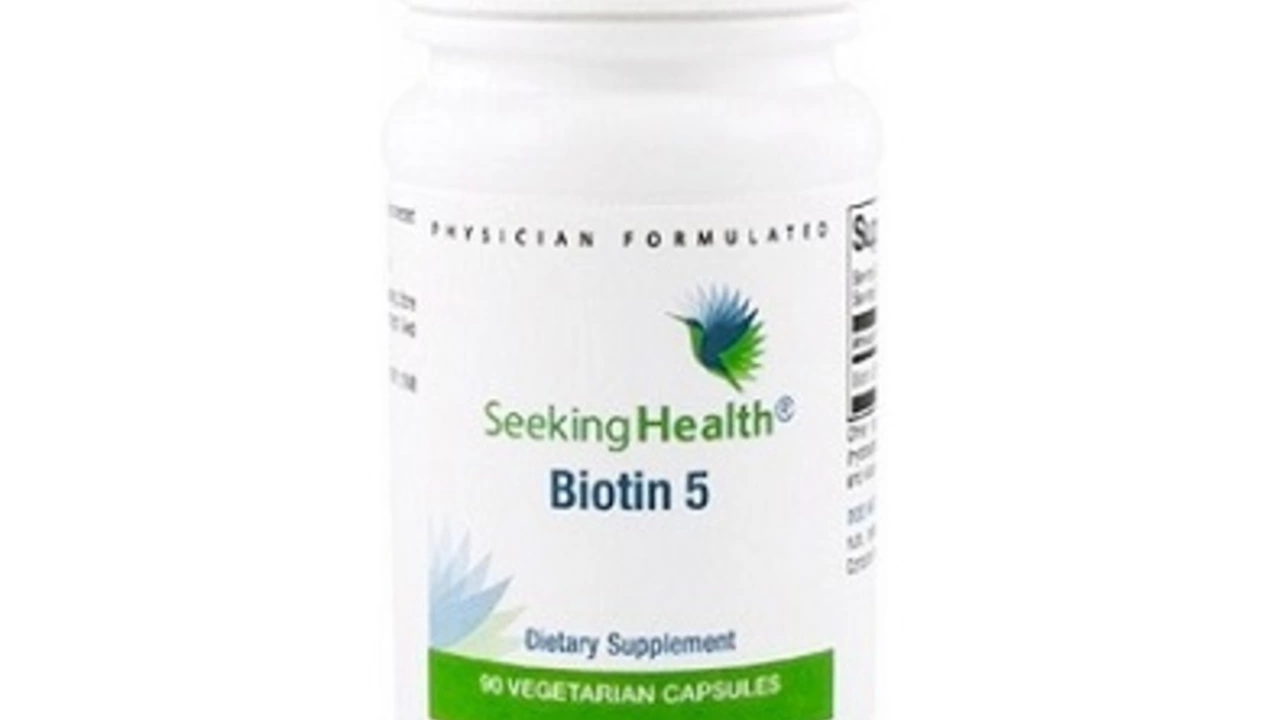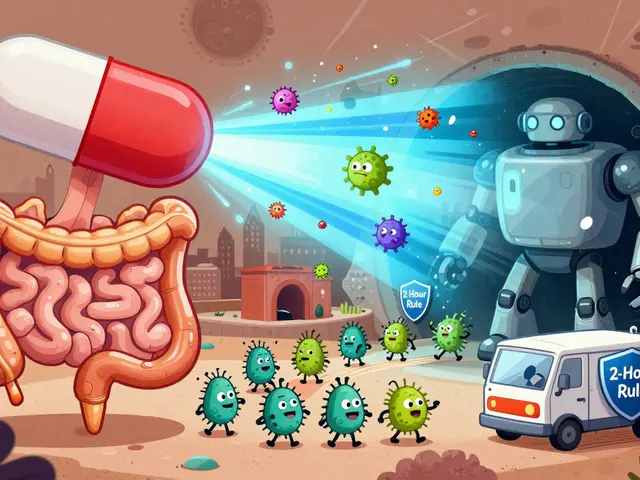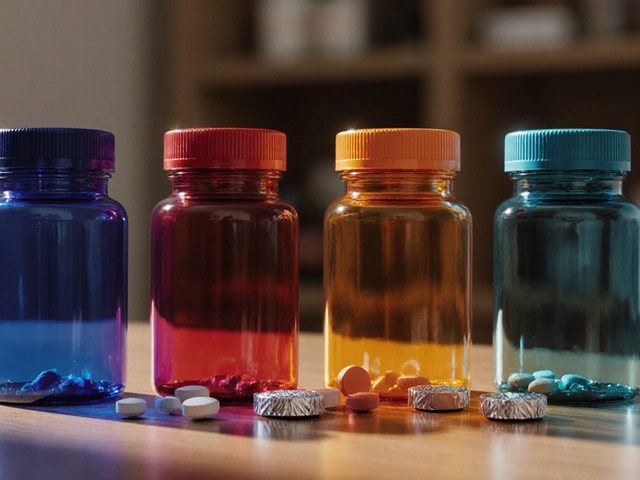Lady's Bedstraw (Galium verum): What It Is and Why It Matters
You’ve probably seen the low, yellow-flowered mats of lady’s bedstraw in fields and roadsides. Gardeners and herbalists know it as Galium verum. People have used it for centuries for mild digestive and skin issues, and even in traditional cheese-making. If you’re curious about using it safely, here’s a practical, no-nonsense guide.
How to Use Lady's Bedstraw
First, identify the plant: square stems, narrow leaves in whorls (6–8 around the stem), and clusters of tiny yellow flowers in summer. If you’re new to foraging, compare several photos and consider a local plant ID group—mistakes happen.
Common preparations:
- Tea: Use 1–2 teaspoons of dried herb per cup of hot water. Steep 8–10 minutes. Drink up to 2 cups daily. This is the simplest way to try it for mild digestive relief or general soothing.
- Tincture: A dropper dose (as labeled) is convenient for stronger, quick use. Start low and follow product instructions.
- Topical poultice or infusion: A cooled strong infusion can be applied to minor skin irritations. Don’t use on deep wounds or serious infections.
If you want to dry your own harvest, pick stems before full bloom, tie in small bunches, and dry in a well-ventilated, shaded spot. Store in a sealed jar away from light.
Safety, Interactions, and Sourcing
Lady’s bedstraw is usually mild, but it can cause reactions in sensitive people. Avoid internal use if you’re pregnant or breastfeeding unless a healthcare provider approves. Because some related bedstraw species contain compounds that may affect blood clotting or act like mild diuretics, check with your doctor if you take blood thinners, diuretics, or have kidney issues.
Watch for allergic skin reactions when using topically. If you get itching, redness, or swelling, stop use and rinse the area. For internal use, stop and seek medical advice if you have stomach pain, dizziness, or unexpected symptoms.
Buy from reputable herb suppliers that list botanical names (Galium verum) and provide third-party testing when possible. If you forage, avoid polluted roadsides and sites treated with pesticides.
Want to try it? Start small: one cup of tea or a low tincture dose. Track how you feel for a few days. If you plan to combine it with prescription meds, mention it to your clinician. Herbs can help, but they work best when used thoughtfully and safely.
If you need product suggestions or a simple recipe for making a bedstraw tea or tincture at home, tell me what tools you have and I’ll walk you through it step by step.
Well, folks, I've just dived headfirst into the astonishing world of Lady's Bedstraw! This spectacular dietary supplement has me all agog! This wonder plant has been a secret weapon in holistic medicine for centuries and is just waiting to burst forth into your life! Not only does it pack a powerful punch for your health, but it also has a fascinating history that would make even the most jaded history buff sit up and take notice! So, buckle up, my friends, as we embark on this wild ride down the Lady's Bedstraw lane!
View Details

